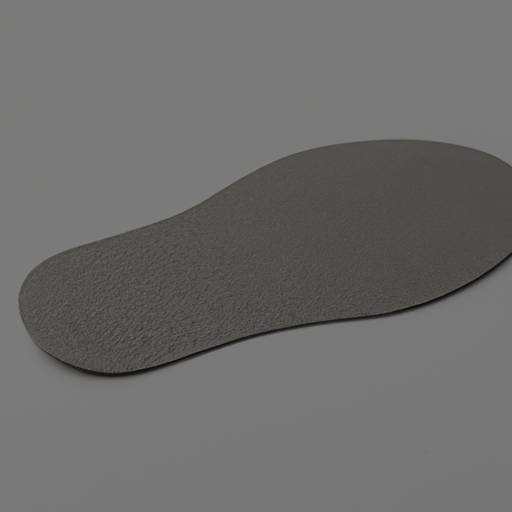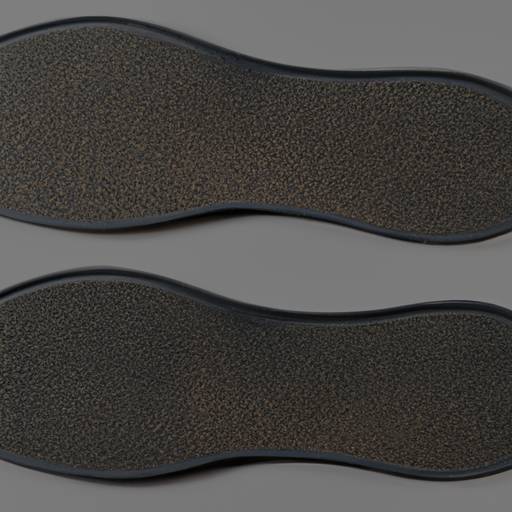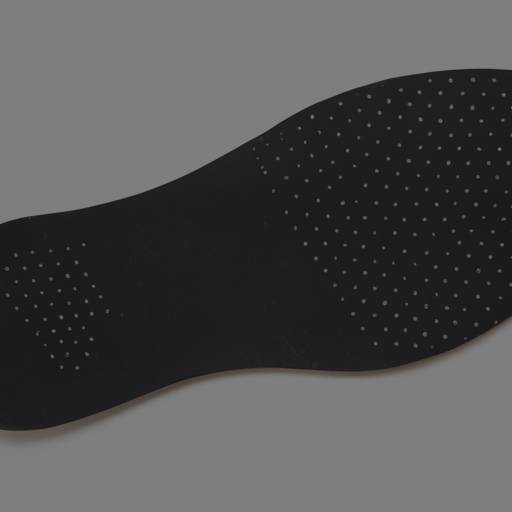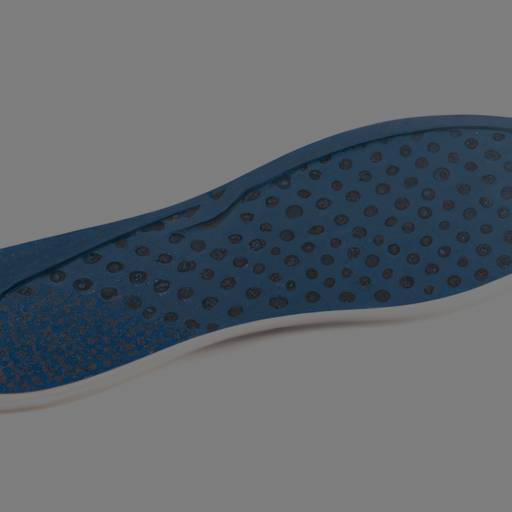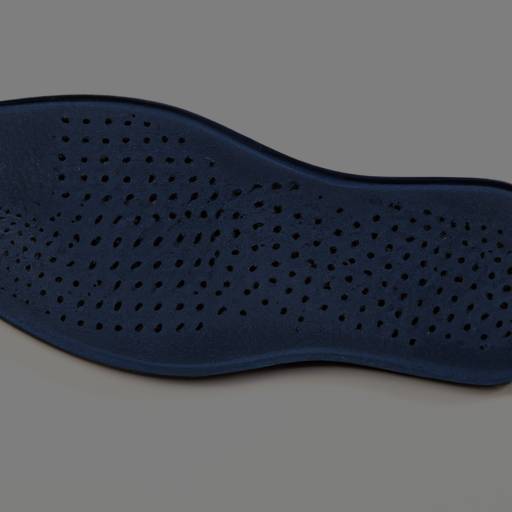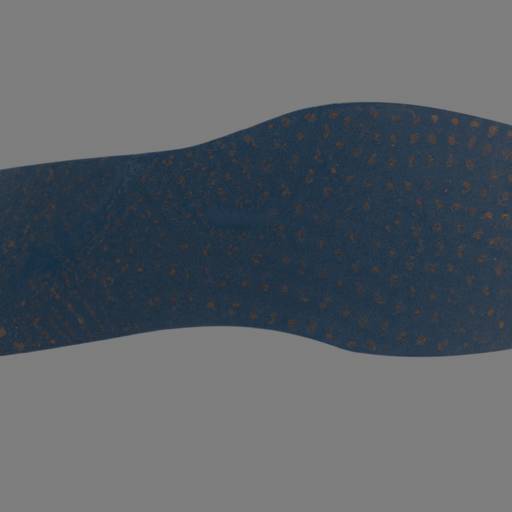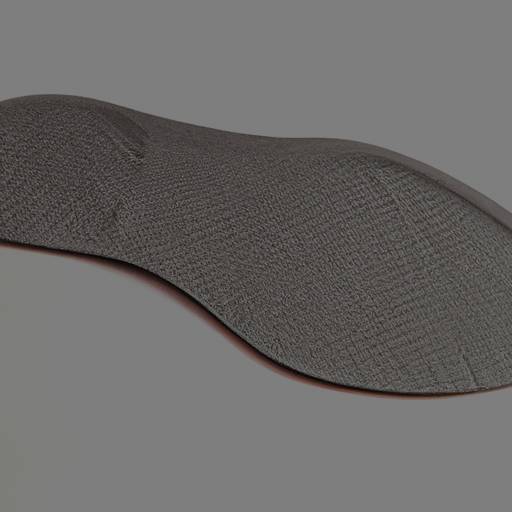The Downsides of Orthotics: What You Need to Know
Exploring Orthotics
Orthotics are a popular solution for addressing foot-related issues and providing support. Let’s take a closer look at what orthotics are and understand their purpose in foot care.
What Are Orthotics?
Orthotics, also known as orthotic insoles or shoe inserts, are specially designed devices that are placed inside the shoes to provide support, stability, and alignment to the feet. These inserts are typically made from various materials such as foam, gel, or plastic, and they are customized to fit the wearer’s feet or come in standard sizes.
Orthotics serve a range of functions depending on the individual’s needs. They can help correct foot and gait abnormalities, provide arch support, alleviate pain, and improve overall foot and lower limb function. Some orthotics are available over-the-counter, while others are custom-made by podiatrists or orthopedic specialists to address specific foot conditions.
Understanding the Purpose of Orthotics
The primary purpose of orthotics is to provide support, alignment, and stability to the feet. They can help individuals with various foot conditions such as flat feet, high arches, plantar fasciitis, bunions, and overpronation or supination.
By providing support to the arches, orthotics can help distribute the body’s weight more evenly across the feet and lower limbs. This can help improve foot alignment, reduce excessive stress on certain areas, and alleviate pain or discomfort. Additionally, orthotics can help improve overall foot function and enhance the efficiency of walking or running.
Orthotics can be particularly beneficial for individuals who spend long hours standing or walking, athletes looking to prevent injuries, and those experiencing chronic foot pain or discomfort. However, it’s important to note that orthotics may not be suitable for everyone, and it’s recommended to consult with a healthcare professional to determine if orthotics are the right solution for your specific needs.
Understanding the basics of orthotics sets the foundation for exploring the potential downsides associated with their use. In the following section, we will discuss the potential drawbacks and considerations when using orthotics.
The Benefits of Orthotics
Orthotics, also known as shoe inserts or insoles, offer several benefits for individuals seeking relief from foot-related issues. These benefits include improved foot alignment, reduction of pain and discomfort, and enhanced support and stability.
Improved Foot Alignment
One of the primary advantages of using orthotics is the improvement in foot alignment. Many people suffer from conditions such as overpronation (when the foot rolls inward excessively) or supination (when the foot rolls outward). These misalignments can lead to various foot and leg problems. Orthotics, specifically designed to address these issues, can help correct the alignment, allowing for a more natural and efficient gait.
By providing support to the arches of the feet, orthotics help distribute the body’s weight more evenly across the foot. This alignment can alleviate strain on the joints, ligaments, and tendons, reducing the risk of overuse injuries and enhancing overall foot function.
Reduction of Pain and Discomfort
Orthotics can be particularly beneficial in reducing pain and discomfort associated with various foot conditions. Conditions such as plantar fasciitis, flat feet, and high arches can cause significant discomfort and affect daily activities. Orthotics with proper arch support and cushioning can help alleviate the pain associated with these conditions.
The additional cushioning provided by orthotics helps absorb shock and reduce pressure on the feet, providing relief to sensitive areas. By providing support and stability, orthotics can also help reduce strain on the muscles and joints, relieving discomfort and promoting a more comfortable walking experience.
Enhanced Support and Stability
Orthotics offer enhanced support and stability to the feet, which can be particularly beneficial for individuals who engage in activities that place a lot of stress on the feet, such as running or standing for long periods. The supportive structure of orthotics helps stabilize the foot, reducing the risk of excessive movement and providing a more stable foundation.
Moreover, orthotics can help improve balance and proprioception, which is the body’s ability to sense its position in space. This enhanced stability can reduce the risk of falls and injuries, especially in individuals with conditions that affect balance, such as arthritis or neuropathy.
In summary, orthotics provide several benefits for individuals seeking relief from foot-related issues. They help improve foot alignment, reduce pain and discomfort, and offer enhanced support and stability. However, it’s important to note that orthotics may have downsides as well, which will be explored in the next section. Regular assessment and reevaluation, along with proper fit and customization, are essential considerations when using orthotics. For individuals considering alternatives to orthotics, our article on memory foam insoles may provide additional insights.
The Downsides of Orthotics
While orthotics offer numerous benefits for individuals seeking foot support and pain relief, it’s important to be aware of the potential downsides associated with their use. Understanding these downsides can help you make an informed decision regarding the use of orthotics for your specific needs. Here are some key considerations:
Dependency on Orthotics for Support
One of the downsides of using orthotics is the potential dependency on them for foot support. Over time, the foot muscles may become accustomed to the external support provided by orthotics, leading to a reduced ability to provide natural support on their own. This can result in an increased reliance on orthotics, making it challenging to walk or perform activities without them.
To mitigate this potential downside, it’s important to strike a balance between using orthotics for support and allowing your foot muscles to engage naturally. Gradually reducing the reliance on orthotics and incorporating exercises to strengthen the foot muscles can help maintain their strength and function. Consult with a podiatrist or physical therapist for guidance on exercises that can help strengthen your feet.
Potential Weakening of Foot Muscles
In some cases, prolonged use of orthotics can lead to the weakening of foot muscles. When the foot relies heavily on external support, the muscles responsible for providing stability and balance may not be adequately engaged. Over time, this can result in muscle atrophy and a loss of natural foot strength.
To address this potential downside, it’s important to strike a balance between using orthotics for support and engaging in activities that promote natural foot movement and muscle activation. This may include regular walking or engaging in exercises specifically designed to strengthen the foot muscles. Gradually reducing the duration of orthotic use under the guidance of a healthcare professional can also help prevent muscle weakening.
Discomfort and Adjustment Period
When first using orthotics, it’s common to experience discomfort and an adjustment period. The orthotics may feel unfamiliar and may take time for your feet to adapt to the new support and alignment. Some individuals may experience initial discomfort or soreness in the feet, ankles, or legs as they adjust to the changes.
It’s important to give your feet time to adapt to the orthotics. Start by wearing them for shorter periods of time and gradually increase the duration as your feet become accustomed to the support. If the discomfort persists or becomes unbearable, consult with a healthcare professional who can assess the fit and suggest adjustments if necessary. Our article on wearing orthotics side effects provides additional information on potential discomfort and how to address it.
Understanding the potential downsides of orthotics can help you make an informed decision about their use. It’s important to weigh the benefits against these downsides and consider alternatives if necessary. Regular assessment and reevaluation, as discussed in our section on considerations when using orthotics, can help ensure that orthotics continue to provide the desired support without compromising foot health.
Considerations When Using Orthotics
While orthotics can provide relief and support for certain foot conditions, there are important considerations to keep in mind when using them. It’s crucial to ensure proper fit and customization, regularly assess and reevaluate their effectiveness, and explore alternatives to orthotics when appropriate.
Proper Fit and Customization
To experience the full benefits of orthotics, it’s essential to ensure they are properly fitted and customized. Every individual has unique foot characteristics and needs, so working with a healthcare professional or podiatrist is recommended. They can assess your feet, evaluate your gait, and prescribe orthotics tailored to your specific requirements.
Ill-fitting orthotics can lead to discomfort, pain, and even exacerbate existing foot conditions. Therefore, it’s important to follow the guidance of a professional to ensure the orthotics are designed to provide the necessary support and alignment for your feet.
Regular Assessment and Reevaluation
Orthotics are not a one-size-fits-all solution, and their effectiveness may vary over time. It’s crucial to have your orthotics regularly assessed and reevaluated by a healthcare professional. This allows them to monitor the progress of your foot condition and make any necessary adjustments to the orthotics to ensure they continue to provide optimum support.
As your foot health improves or changes, the need for orthotics may decrease or evolve. Regular reassessment helps ensure that you are always using the most appropriate form of support for your feet.
Alternatives to Orthotics
While orthotics can be beneficial for many individuals, they are not the only solution for foot conditions. Depending on the specific foot condition and its severity, there may be alternative options worth exploring.
For example, strengthening exercises for the feet and ankles can help improve muscle support and stability. Physical therapy, stretching, and other non-invasive treatments may also be effective in managing certain foot conditions.
It’s important to consult with a healthcare professional or podiatrist to discuss alternative approaches that may be suitable for your specific foot condition. They can provide guidance and recommendations based on your individual needs and goals.
By considering proper fit and customization, regular assessment and reevaluation, and exploring alternatives when appropriate, individuals can make informed decisions about the use of orthotics in managing their foot conditions. Remember to consult with a healthcare professional for personalized advice and guidance regarding your specific foot health needs.
Conclusion
While orthotics can provide significant benefits for individuals with foot-related issues, it’s important to consider the potential downsides before relying on them as a long-term solution.
One of the drawbacks of orthotics is the dependency they may create. When using orthotics for an extended period, the foot muscles can become accustomed to the support provided by the orthotics, potentially leading to weakening of those muscles. It is advisable to discuss this concern with a healthcare professional who can provide guidance on maintaining proper foot strength and function. Additionally, some individuals may experience discomfort and require an adjustment period when initially using orthotics. This discomfort can range from minor irritation to more significant pain. In such cases, consulting with a healthcare professional or a podiatrist is recommended to address any discomfort and make necessary adjustments.
To ensure optimal use of orthotics, there are several considerations to keep in mind. First, obtaining a proper fit and customization is crucial. Working with a healthcare professional or a podiatrist who specializes in orthotics can help ensure that the orthotics are tailored to your specific needs. Regular assessment and reevaluation are also essential, as foot conditions and needs may change over time. This allows for adjustments and modifications to be made as necessary.
In some cases, exploring alternatives to orthotics may be beneficial. This could include exercises and stretches to strengthen the foot muscles or exploring different types of footwear that provide natural support and comfort. It’s important to consult with a healthcare professional or a podiatrist to determine the most suitable alternatives based on your individual needs and foot condition.
In conclusion, while orthotics can offer significant benefits, it’s crucial to be aware of the potential downsides. By considering the drawbacks and exploring alternatives, you can make informed decisions about incorporating orthotics into your foot care regimen. Consulting with a healthcare professional or a podiatrist is highly recommended to ensure that you receive the best guidance and support for your specific foot needs.

